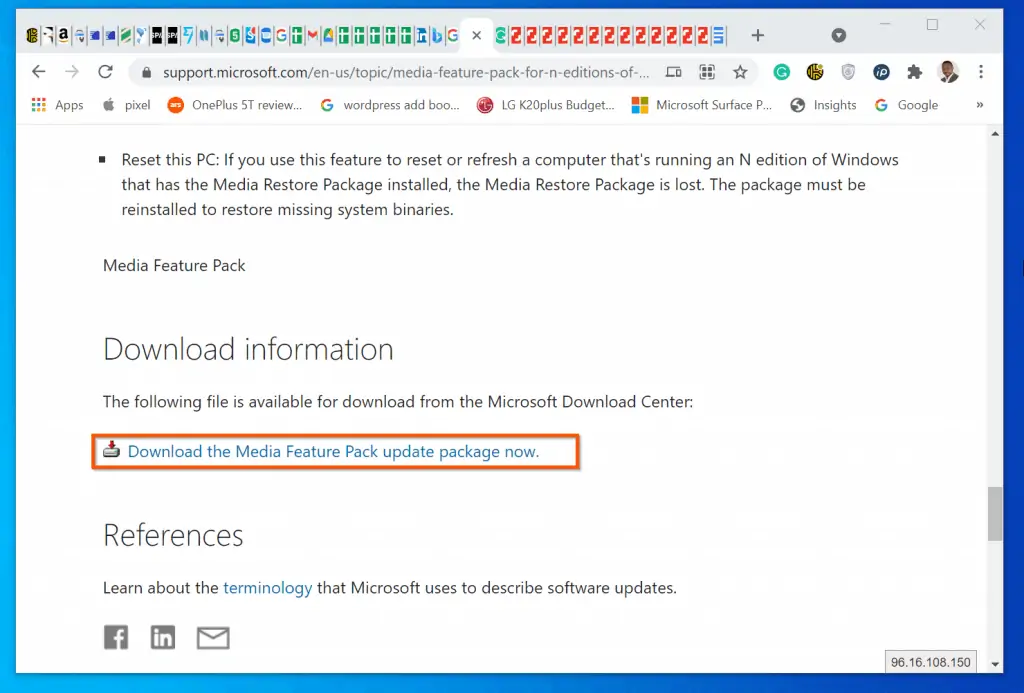Unlocking the Power of Cloud-Native Applications

The Rise of Cloud-Native Applications
In the rapidly evolving landscape of cloud computing, a new paradigm has emerged: cloud-native applications. These applications are designed from the ground up to take advantage of the scalability, flexibility, and resilience of the cloud. In this article, we'll delve into the world of cloud-native applications, exploring their benefits, challenges, and the key strategies for successful implementation.
What are Cloud-Native Applications?
Cloud-native applications are built using a microservices architecture, where each service is designed to perform a specific function. These services communicate with each other using lightweight protocols and APIs, enabling seamless scalability and flexibility. Cloud-native applications are typically built using containerization technologies such as Docker and Kubernetes, which provide a high degree of portability and orchestration.
Benefits of Cloud-Native Applications
- Scalability: Cloud-native applications can scale quickly and efficiently, allowing businesses to respond to changing demands in real-time.
- Flexibility: Cloud-native applications can be deployed across multiple cloud providers, reducing vendor lock-in and increasing flexibility.
- Resilience: Cloud-native applications are designed to be fault-tolerant, ensuring that services remain available even in the event of infrastructure failures.
- Cost-Effective: Cloud-native applications reduce the need for on-premises infrastructure, resulting in lower capital and operational expenditures.
Challenges of Cloud-Native Applications
- Complexity: Cloud-native applications require a high degree of technical expertise, making it challenging for organizations to find skilled professionals.
- Security: Cloud-native applications introduce new security risks, such as container vulnerabilities and API exploitation.
- Interoperability: Cloud-native applications often require integration with legacy systems, which can be a significant challenge.
Strategies for Successful Cloud-Native Application Implementation
- Adopt a DevOps Culture: Encourage collaboration between development and operations teams to improve agility and reduce silos.
- Choose the Right Tools and Technologies: Select tools and technologies that align with your organization's goals and objectives.
- Develop a Cloud-Native Roadmap: Create a roadmap that outlines the journey to cloud-native adoption, including milestones and key performance indicators.
- Invest in Training and Development: Provide training and development opportunities to ensure that teams have the necessary skills to design, build, and deploy cloud-native applications.
Embracing the Future of Cloud Computing
In conclusion, cloud-native applications represent a significant shift in the way organizations design, build, and deploy software applications. By understanding the benefits, challenges, and strategies for successful implementation, businesses can unlock the full potential of cloud-native applications and achieve greater agility, scalability, and resilience in today's fast-paced digital landscape.


















Comments ()